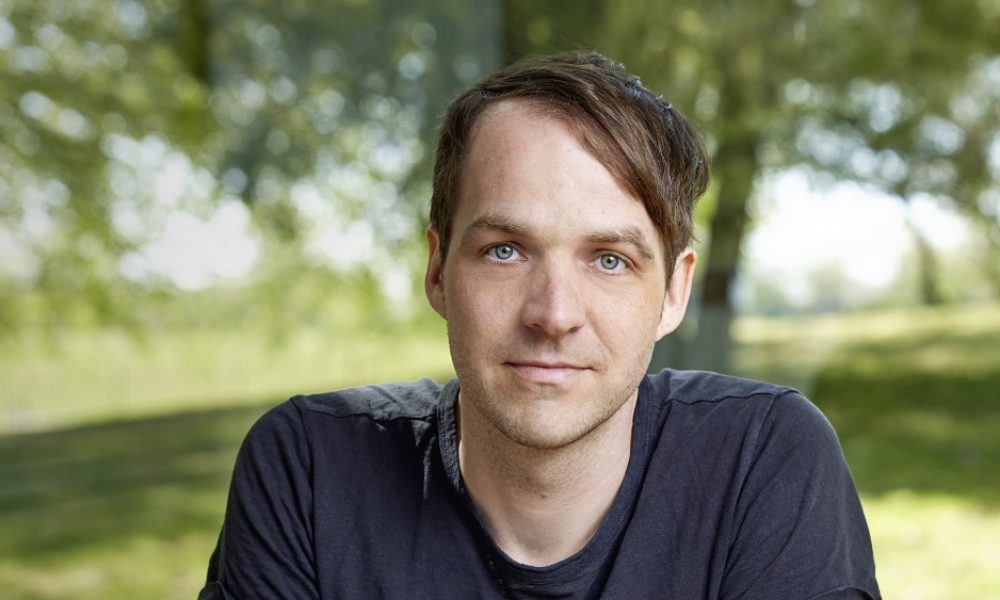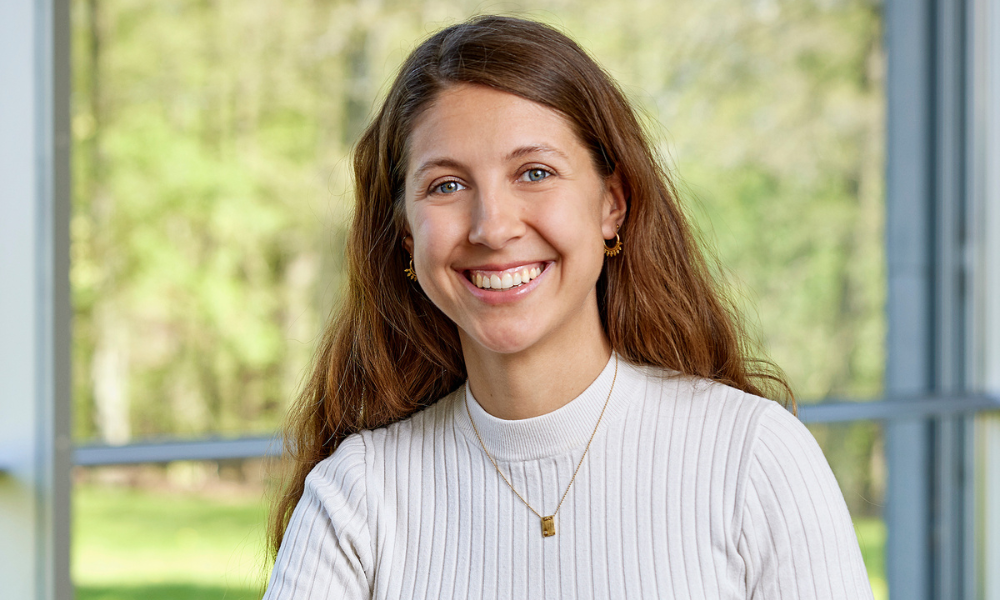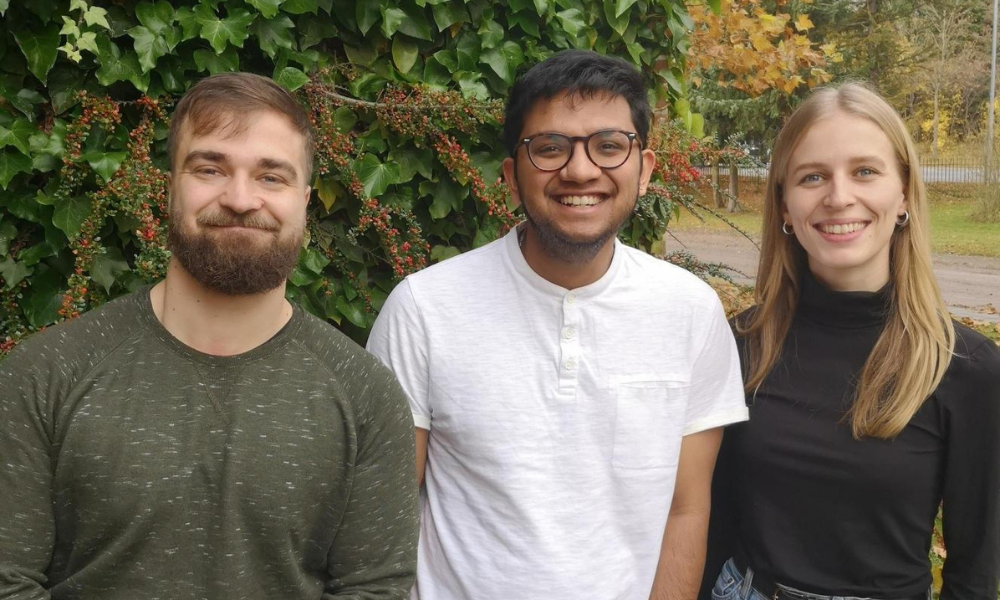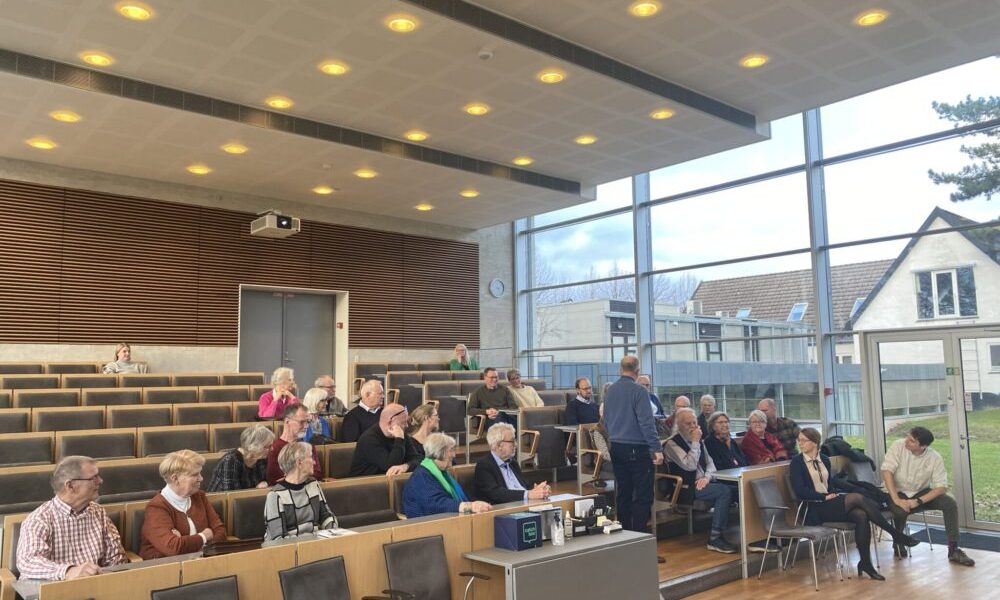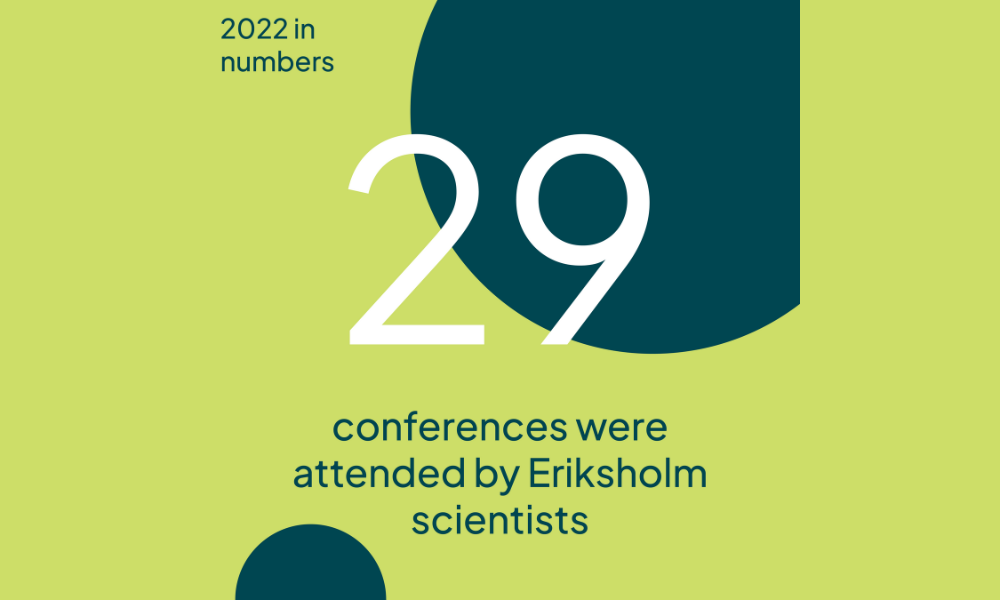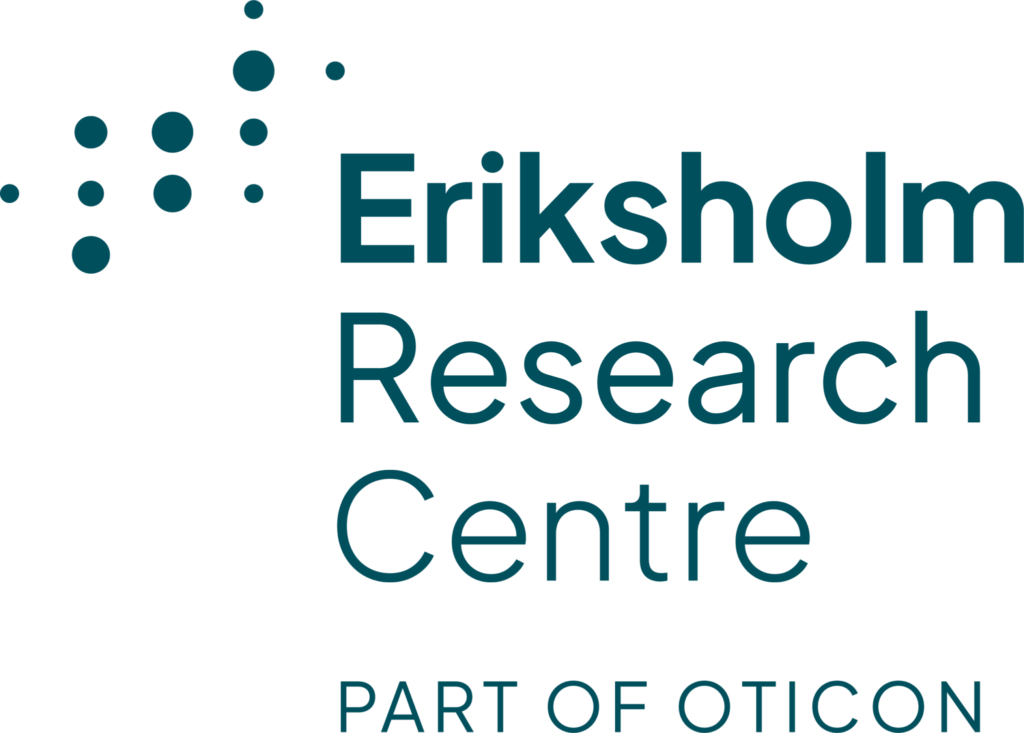About
From the beginning of March until late July 2024, we had the pleasure of hosting Professor Laurel Carney from University of Rochester. As her visit came to an end, we asked her to reflect on her time with us and her collaboration with senior scientist Johannes Zaar and postdoctoral fellow Helia Relaño Iborra on the MILES project (Modelling Intelligibility and Listening Effort in Speech perception).
The team have been working to understand how listeners perform the ACT test, identifying the specific sound cues they concentrate on, which seem to correlate with their ability to understand speech in noise.
“One cue we are particularly interested in is pitch, because these sounds are often described by test-takers as a ‘sound going up’. We have done many simulations using physiological models to predict thresholds for the listener groups as well as individual listeners. While some results align with the models, a few deviate, presenting interesting areas for further exploration. We have been meticulously examining the simulation code to ensure its accuracy. Moving forward, we hope to improve speech intelligibility predictions, with Johannes and Helia continuing the calculations”.
Thinking differently
“Something I have really enjoyed during my stay was our biweekly meetings on auditory nerve modeling and physiology, which were open for all Eriksholm scientists. With a background in neuroscience, I think differently about the auditory system, so we have had many interesting discussions and learned a lot from each other.”
Meeting the audiologists at Eriksholm was another highlight for Professor Carney:
“Hearing about their experience with the ACT test was very helpful. They also do incredible work managing test subjects in the clinic and collecting data to the benefit of the research projects. That was very inspiring.”
Cultural discoveries
During her stay, Professor Carney and her husband Dave became very familiar with the Danish capital of Copenhagen. Living in Nyhavn, a hot spot for nightlife and dining, was an adventure on its own, but the couple also had the opportunity to explore other towns and landscapes of Denmark:
“One thing that really stuck with me was the amount of hedges. In the US, it is more common to have open front lawns. It made me realize how time consuming maintaining these hedges must be!”
Another observation was that the secluded nature of Danish residential areas stands in contrast to the open and social office culture at Eriksholm: “In Denmark, the yards are private, but from my experience at Eriksholm, the office environment is very inclusive and encourages social interaction during breaks. It’s an interesting cultural difference—privacy at home but openness at work.”
Here at Eriksholm, we are going to miss having Professor Carney around. Her vast knowledge and insights have opened many new scientific perspectives. Beyond the academic contributions, Professor Carney has also enriched the social atmosphere at Eriksholm, and we have all enjoyed her warm and generous personality.
Fortunately, our collaboration with Professor Carney will continue as the MILES project progresses, and we look forward to her next visit.
Read our spring interview with Professor Carney here


